Imagine stepping into a garden where every plant, every stone, and every direction carries deep meaning—where the earth itself feels alive with stories, wisdom, and the promise of healing. Medicine Wheel Gardens are not just places of beauty; they are vibrant, living classrooms rooted in Indigenous knowledge and tradition. In Canada, these sacred spaces are blossoming in communities, schools, and hospitals, offering a unique blend of cultural reverence and scientific insight. They invite all of us—whether seekers of health, lovers of nature, or curious minds—to slow down, listen, and reconnect with the rhythms of the land and the teachings of its original caretakers.
The Heart of the Medicine Wheel
At the center of every Medicine Wheel Garden beats a profound symbol: the medicine wheel. This ancient design, shaped like a circle divided into four quadrants, is much more than a pattern. It represents the interconnectedness of all life, honoring the four directions (north, south, east, west), the four seasons, and the four aspects of human well-being—physical, mental, emotional, and spiritual. For many Indigenous peoples in Canada, the medicine wheel is a map for living well and harmoniously. Gardens built in this shape are intentional, with each direction often marked by specific plants, colors, and stones that carry their own stories and healing powers.
A Living Legacy: Indigenous Knowledge
Medicine Wheel Gardens are living testaments to Indigenous wisdom passed down through generations. Elders and knowledge keepers often guide their creation, choosing plants not just for their beauty, but for their traditional uses in food, medicine, and ceremony. For example, sweetgrass, sage, cedar, and tobacco—known as the Four Sacred Medicines—are commonly planted and used in teachings and healing rituals. These gardens become bridges between past and present, inviting visitors to learn about plant lore, sustainable living, and respect for the natural world.
Design and Structure: More than Just a Garden
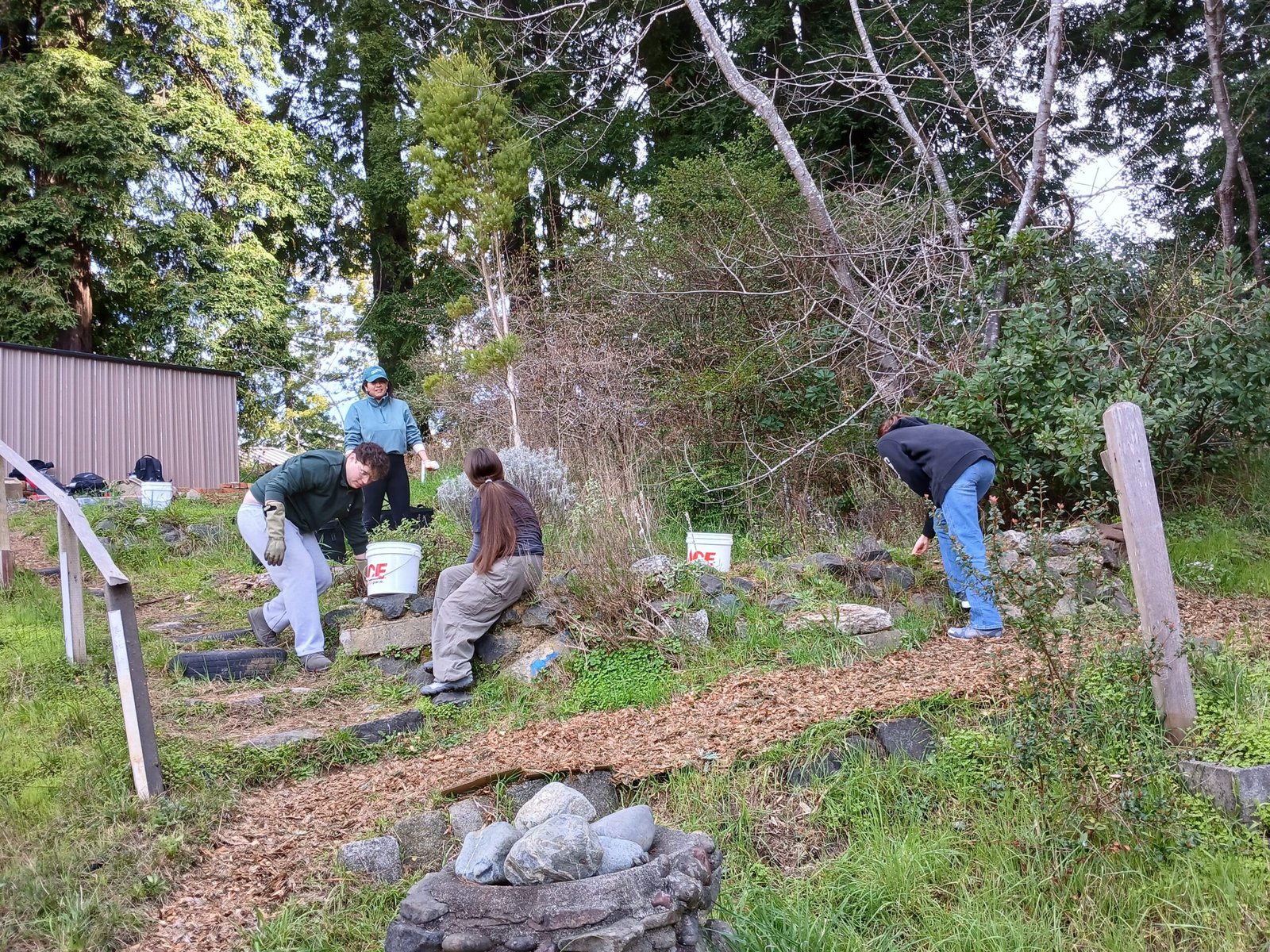
The design of a Medicine Wheel Garden is intentional and deeply symbolic. Circular paths may radiate from the center, mirroring the cycle of life and the movement of the sun and stars. Stones and plants are carefully arranged to mark each direction, sometimes accompanied by benches or gathering spaces for reflection and ceremony. The structure itself encourages visitors to walk slowly, contemplate, and feel connected to something greater than themselves. Each quadrant may highlight different plants and teachings, making the space both a botanical showcase and a spiritual classroom.
Healing in Nature’s Embrace
For centuries, Indigenous peoples have turned to the land for healing—not just of the body, but of the mind and spirit. Medicine Wheel Gardens continue this tradition, providing spaces for meditation, grief, celebration, and reconnection. Scientific studies now confirm what Indigenous knowledge has long known: time spent in nature can lower stress, improve mood, and even speed physical recovery. In hospitals and wellness centers across Canada, Medicine Wheel Gardens are being created to support patient healing, cultural inclusion, and holistic care. Visitors often describe feeling a sense of calm and belonging simply by being present in these sacred spaces.
Teaching Spaces for All Generations
Medicine Wheel Gardens are powerful teaching tools, especially for young people. Schools across Canada are embracing these gardens as outdoor classrooms, where students can learn not only about plants and ecology, but also about Indigenous history, values, and science. Lessons might include identifying medicinal plants, learning traditional stories, or practicing environmental stewardship. These spaces foster cross-cultural respect and curiosity, sparking important conversations about reconciliation and the shared responsibility to care for the land.
Four Sacred Medicines: The Core Plants
Central to many Medicine Wheel Gardens are the Four Sacred Medicines: sweetgrass, sage, cedar, and tobacco. Each plant carries unique teachings and roles in ceremony. Sweetgrass is often used for purification and as an offering, its sweet aroma symbolizing kindness. Sage is burned in smudging rituals to cleanse spaces and people of negative energy. Cedar is valued for its protective qualities and is used in baths and teas for healing. Tobacco, considered the most sacred, is offered in prayer and as a sign of respect. These plants are honored not only for their physical properties but also for their spiritual significance.
Community Building and Reconciliation
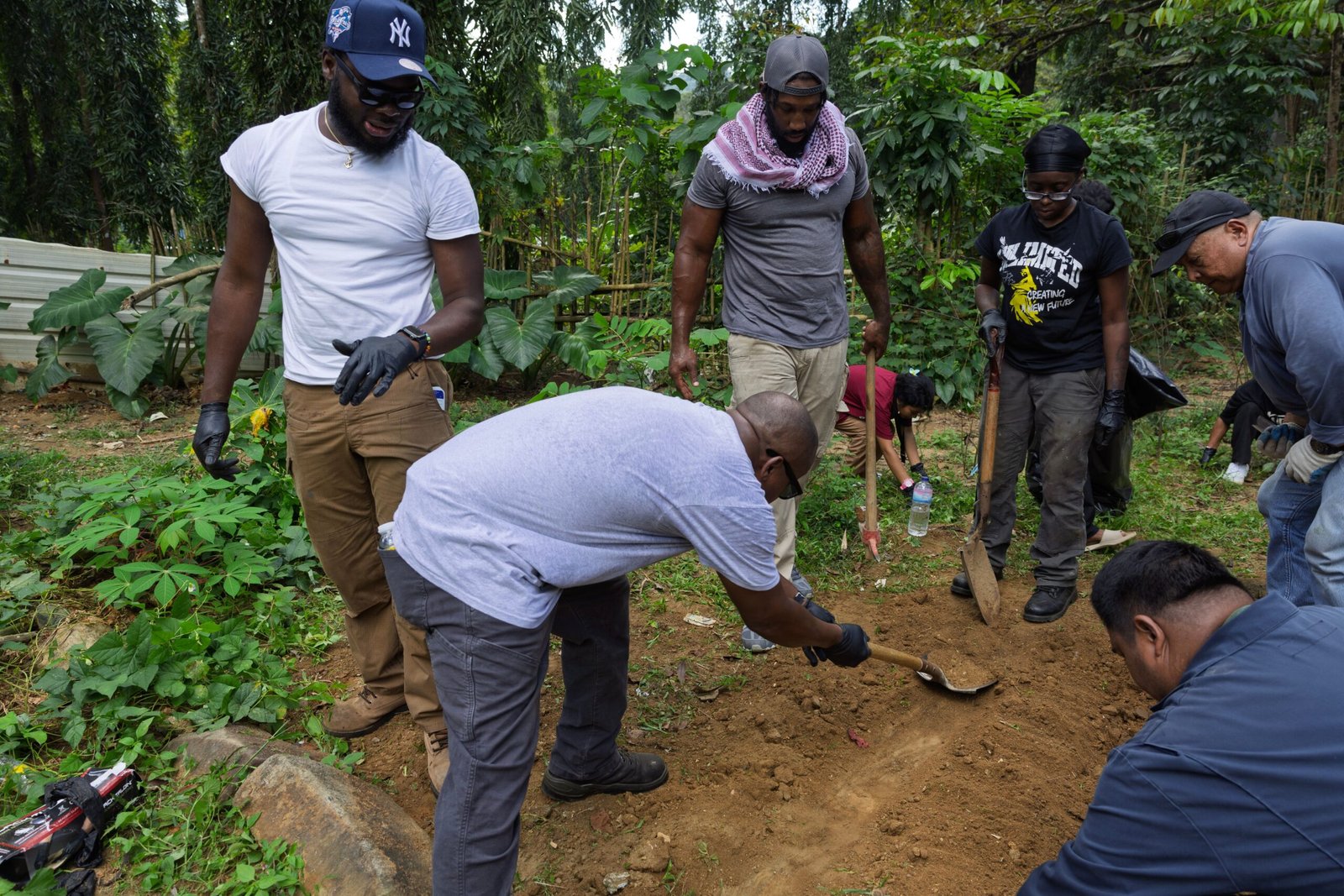
Medicine Wheel Gardens also serve as gathering places where communities can come together for ceremonies, celebrations, and shared learning. They create opportunities for dialogue and collaboration between Indigenous and non-Indigenous people, supporting reconciliation efforts across Canada. By inviting people of all backgrounds to participate in planting, tending, and learning, these gardens foster mutual respect and understanding. Many communities report that Medicine Wheel Gardens have become beloved landmarks—places where healing and hope take root side by side.
Modern Science Meets Traditional Wisdom
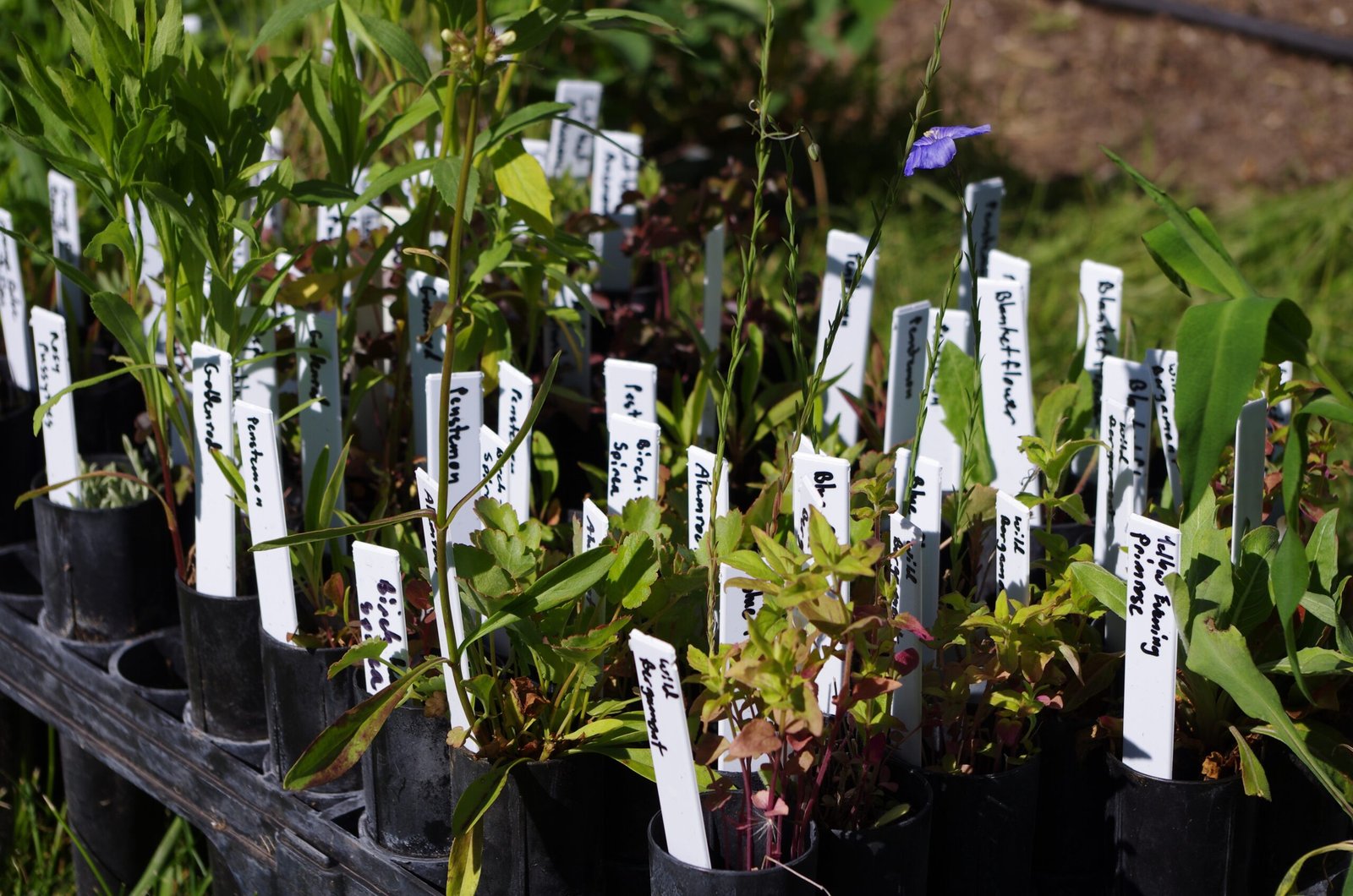
It is inspiring to see how Medicine Wheel Gardens blend traditional Indigenous teachings with modern scientific understanding. Ecologists, botanists, and healthcare professionals increasingly recognize the health benefits of native plants and natural spaces. Studies show that gardens with a diversity of native species support pollinators, improve soil health, and increase biodiversity. By honoring Indigenous plant selection and cultivation methods, Medicine Wheel Gardens act as living laboratories, demonstrating the enduring value of ancient knowledge in addressing today’s environmental and health challenges.
Examples Across Canada
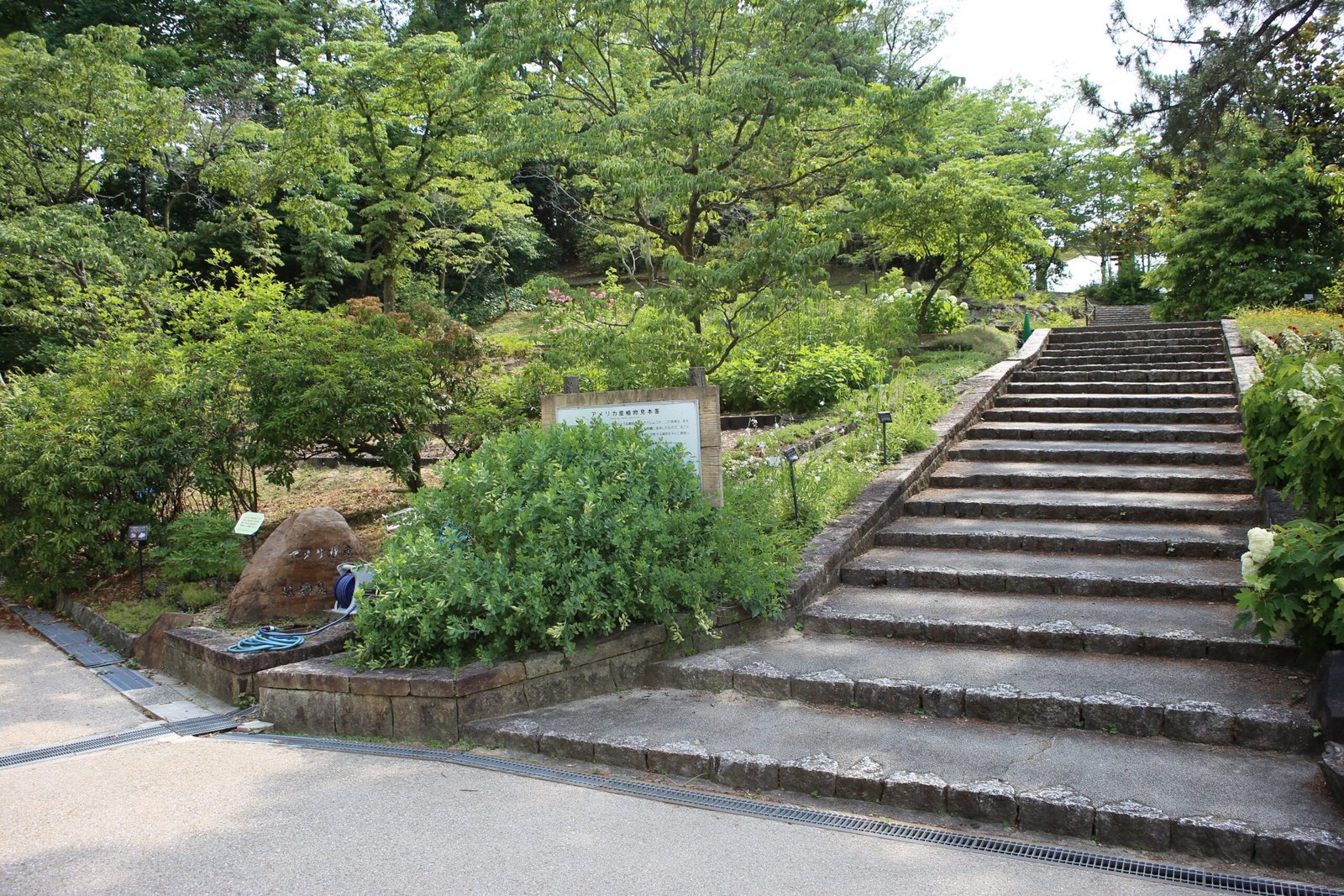
Across the provinces and territories, Medicine Wheel Gardens are springing up in remarkable places. In Winnipeg, the University of Manitoba’s Indigenous Student Centre features a vibrant medicine wheel garden designed with guidance from elders. In Toronto, hospital gardens incorporate medicine wheel symbolism to create welcoming spaces for Indigenous patients and families. Even small towns and rural communities are establishing these gardens in parks, schools, and healing lodges. Each garden is unique, reflecting the traditions and landscapes of its region, yet all share a commitment to honoring Indigenous knowledge and fostering healing.
Honoring the Land and Its Peoples
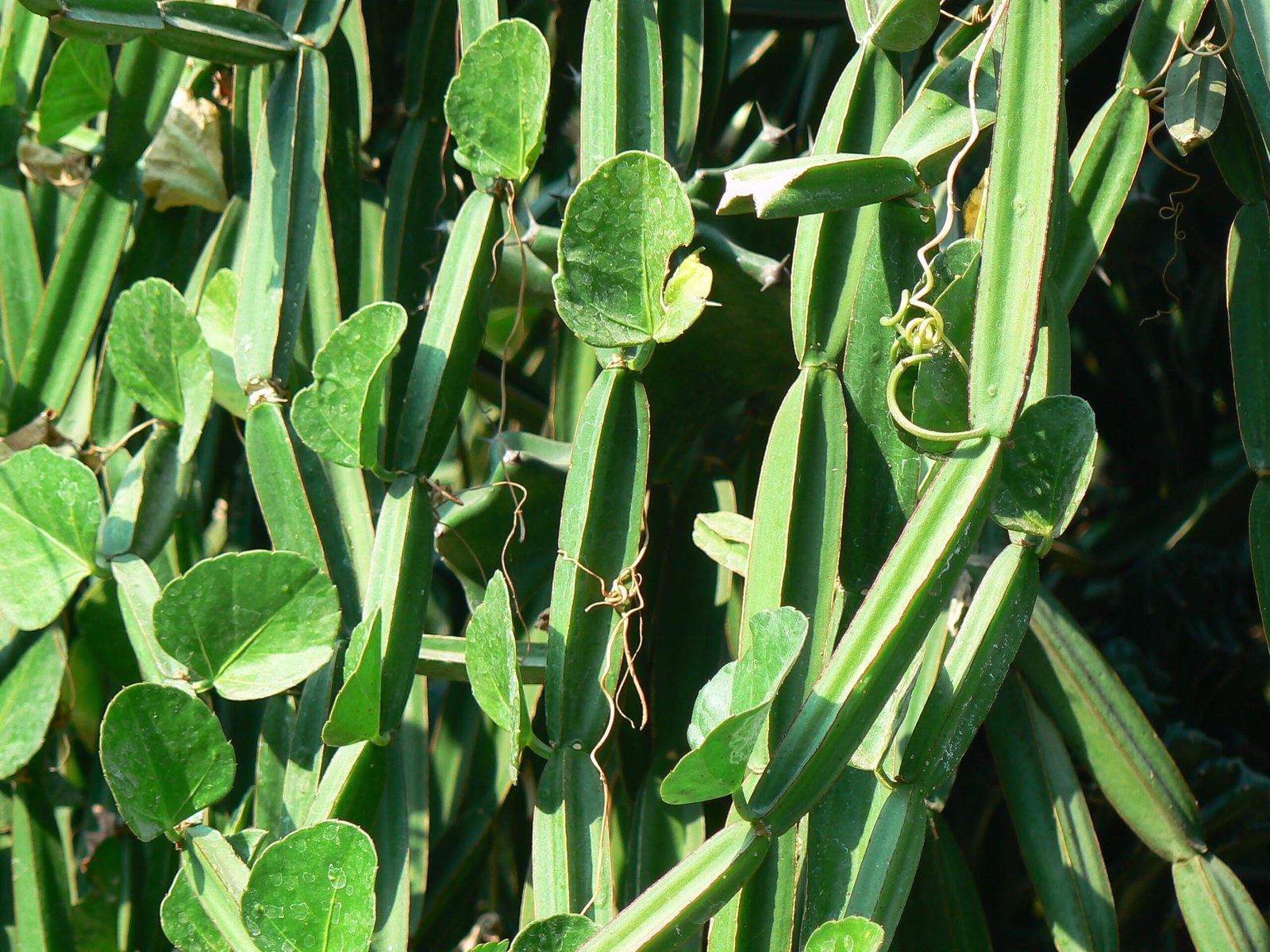
Medicine Wheel Gardens are a powerful reminder of the deep connections between people and the land. They challenge us to see nature not just as scenery, but as a living partner in health, learning, and community. By walking the paths of these gardens, we are invited to slow down, listen, and remember that every plant and stone has a story worth telling. In a world that often feels rushed and disconnected, these spaces offer a gentle nudge to honor the land, its original peoples, and the wisdom that has sustained them for generations.



